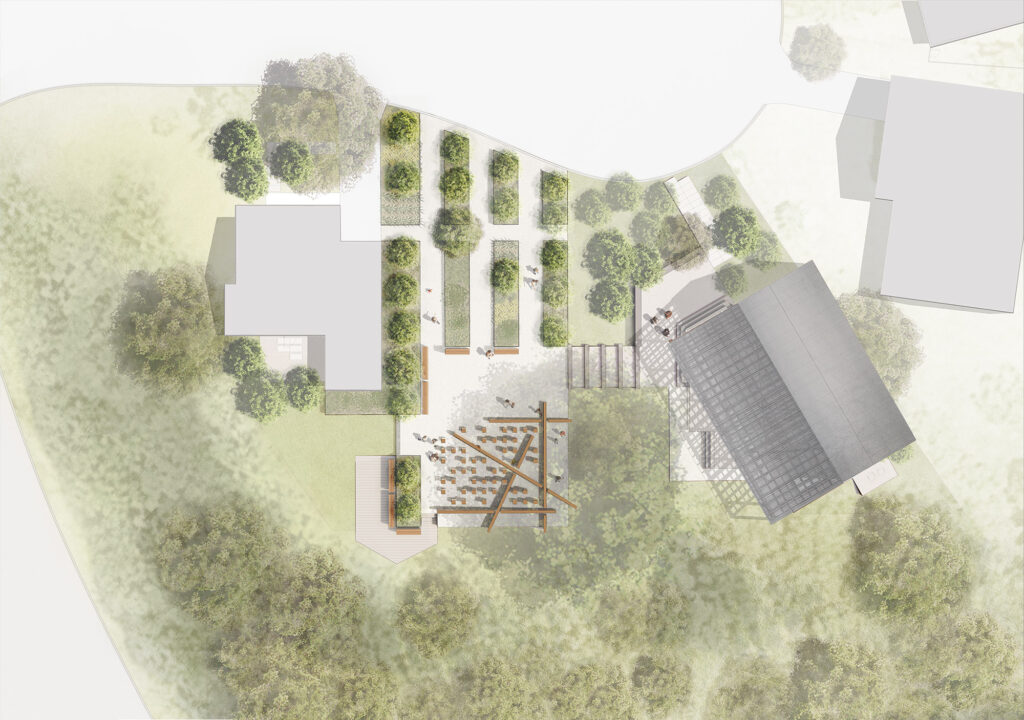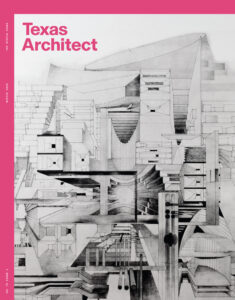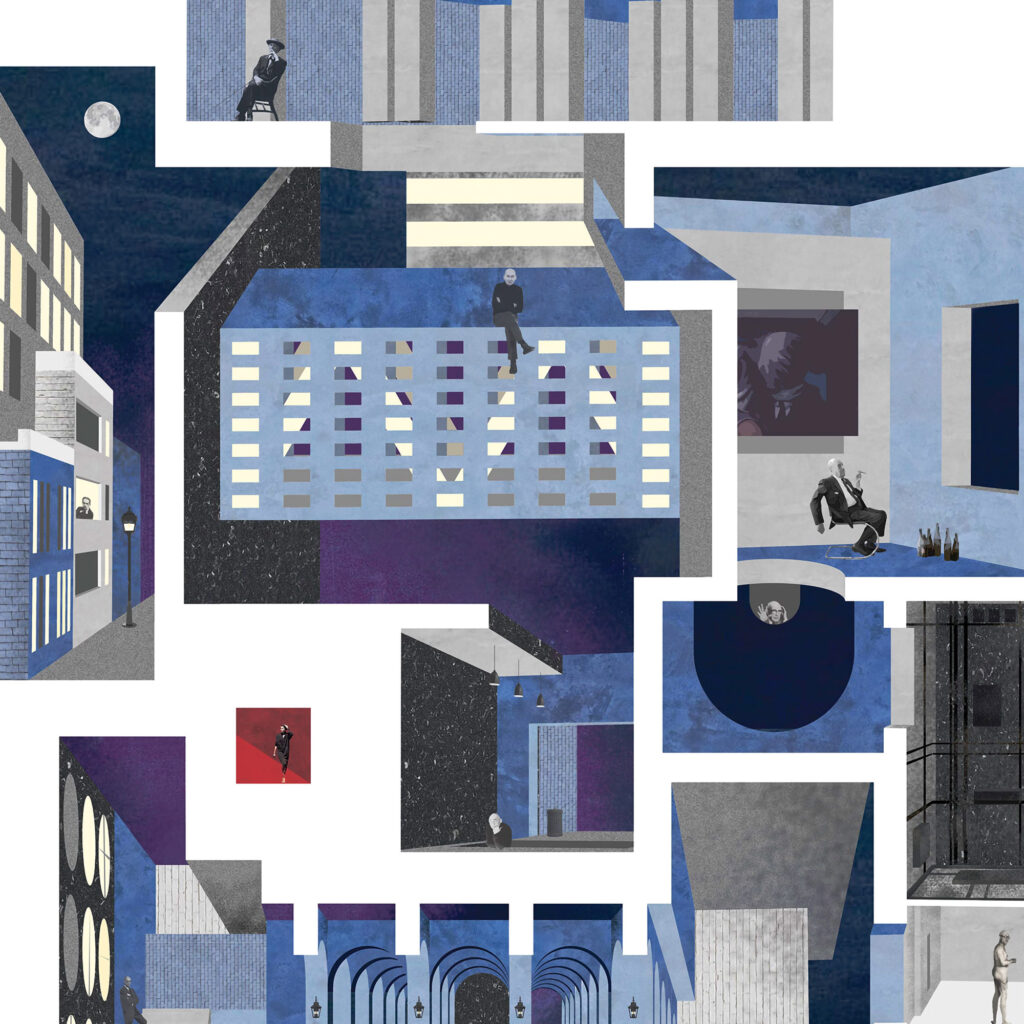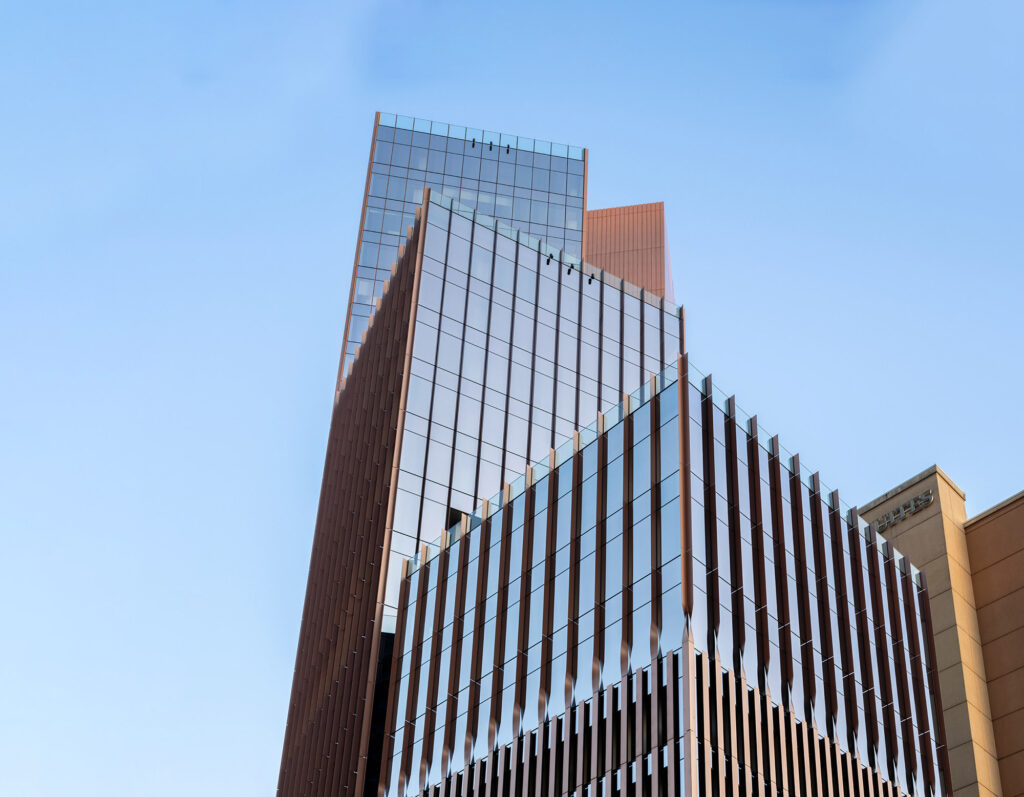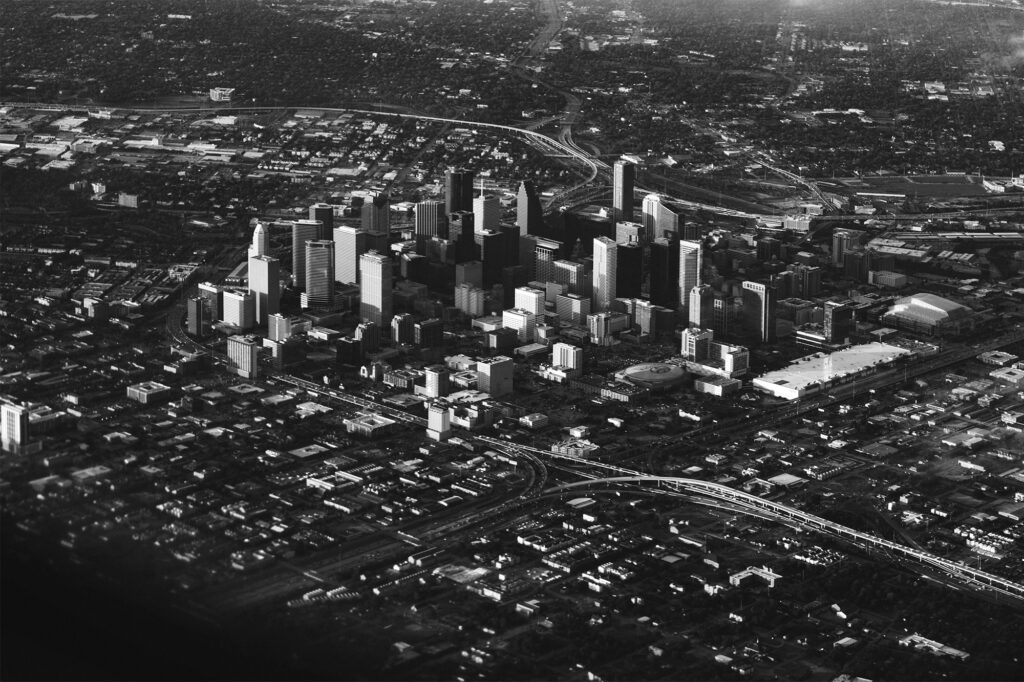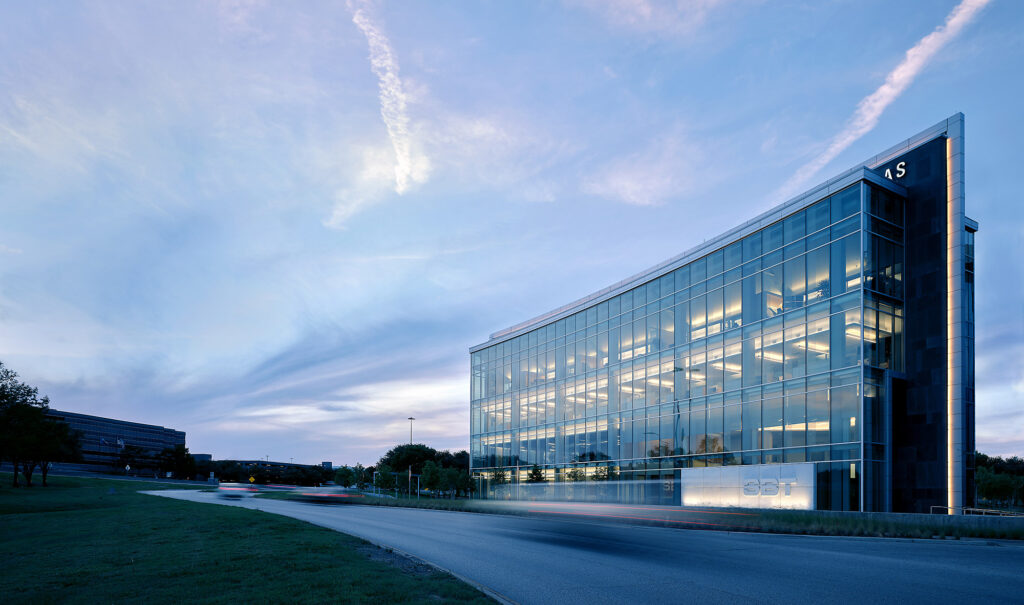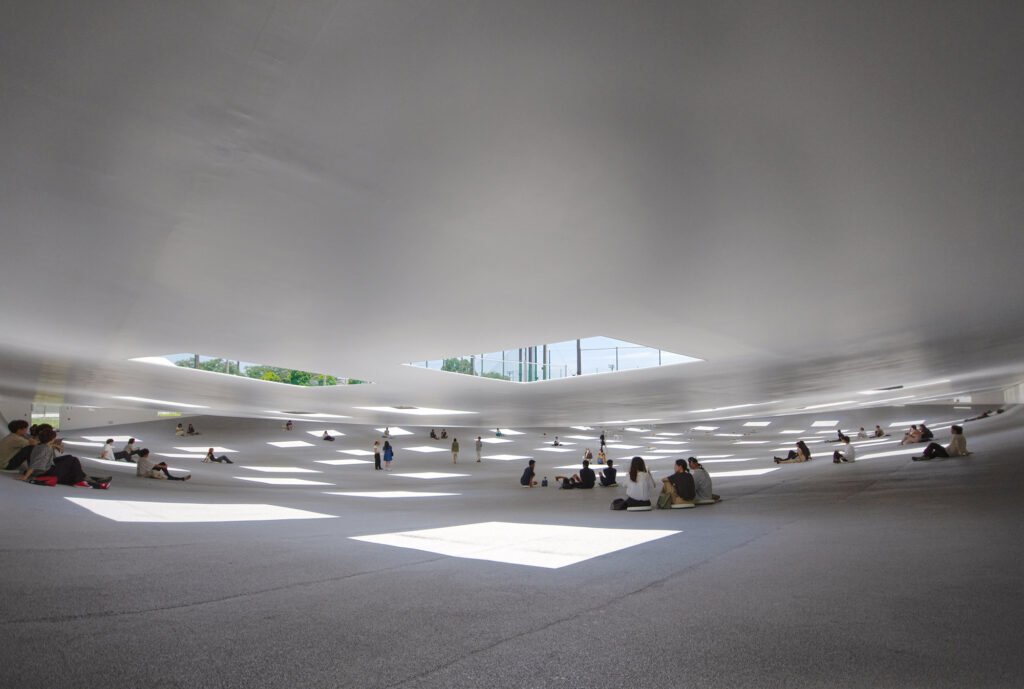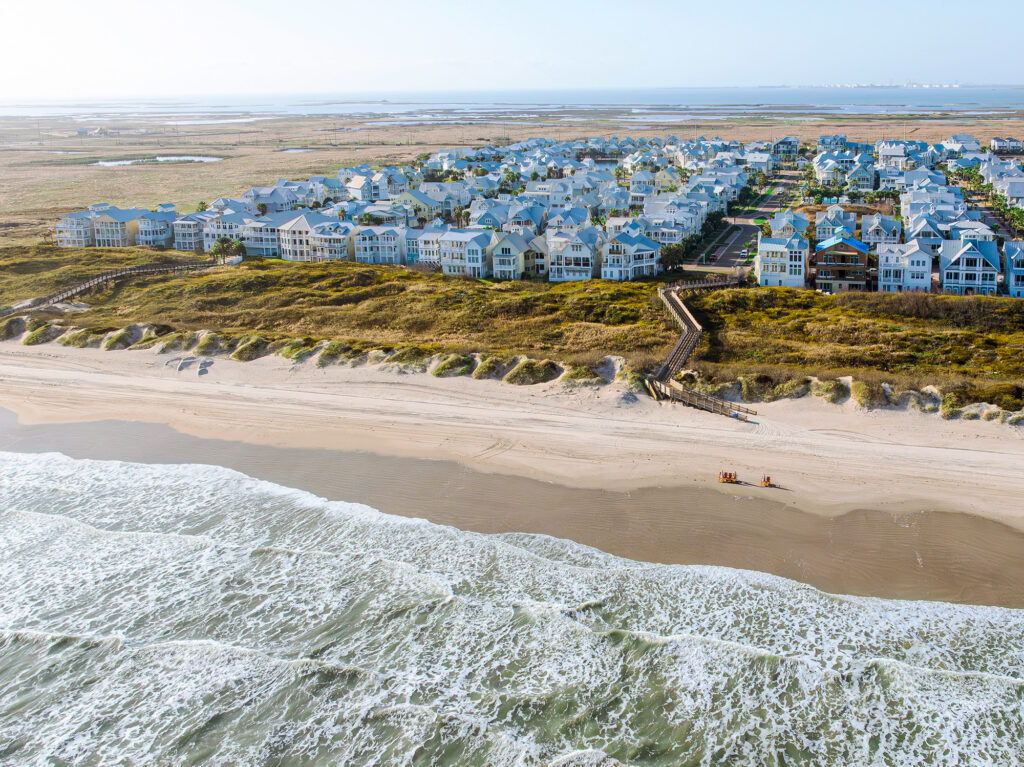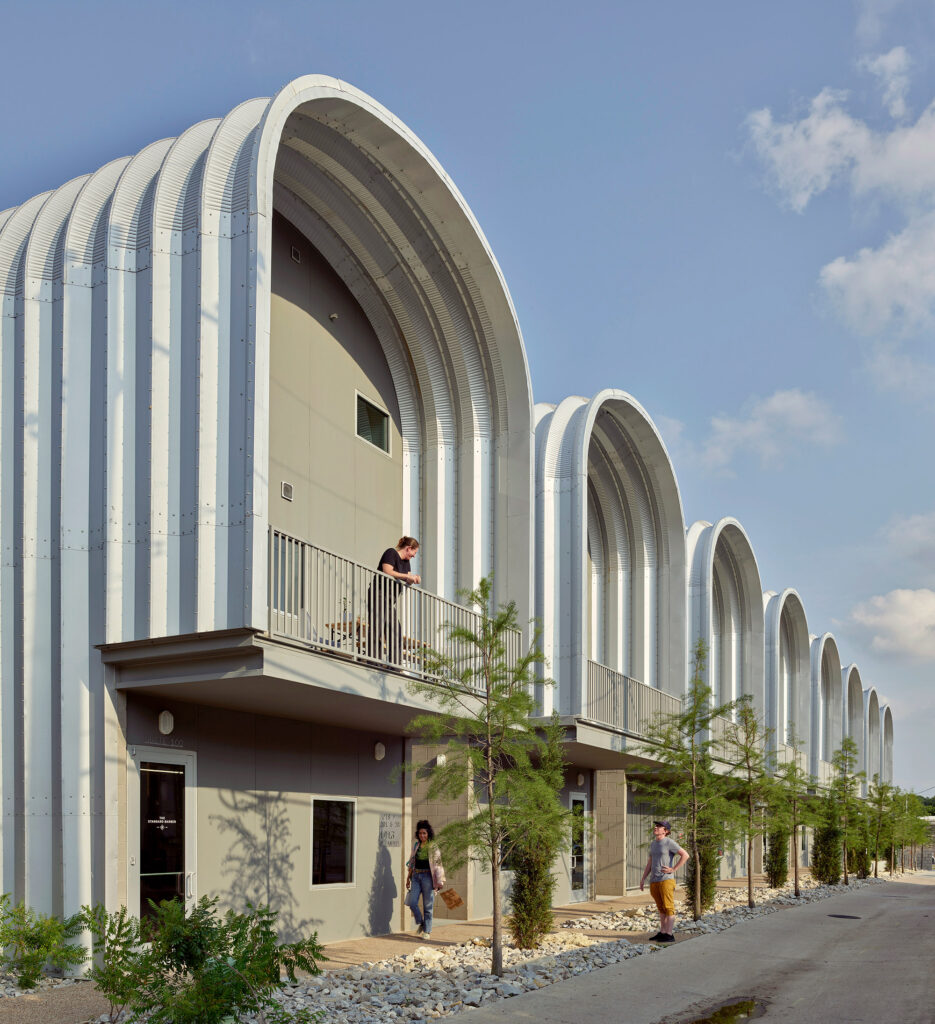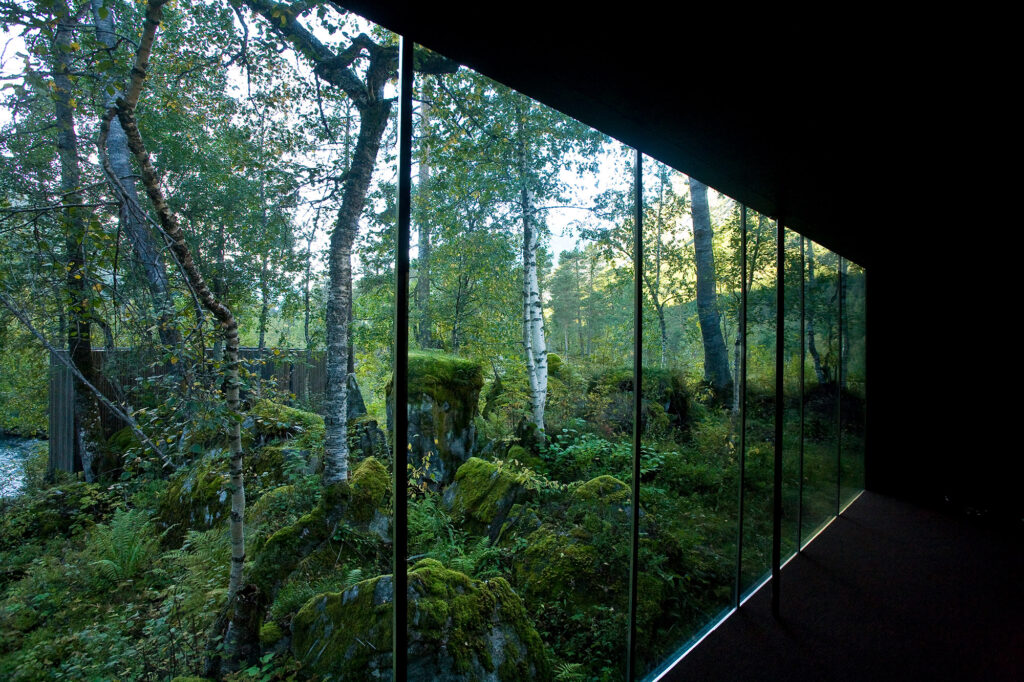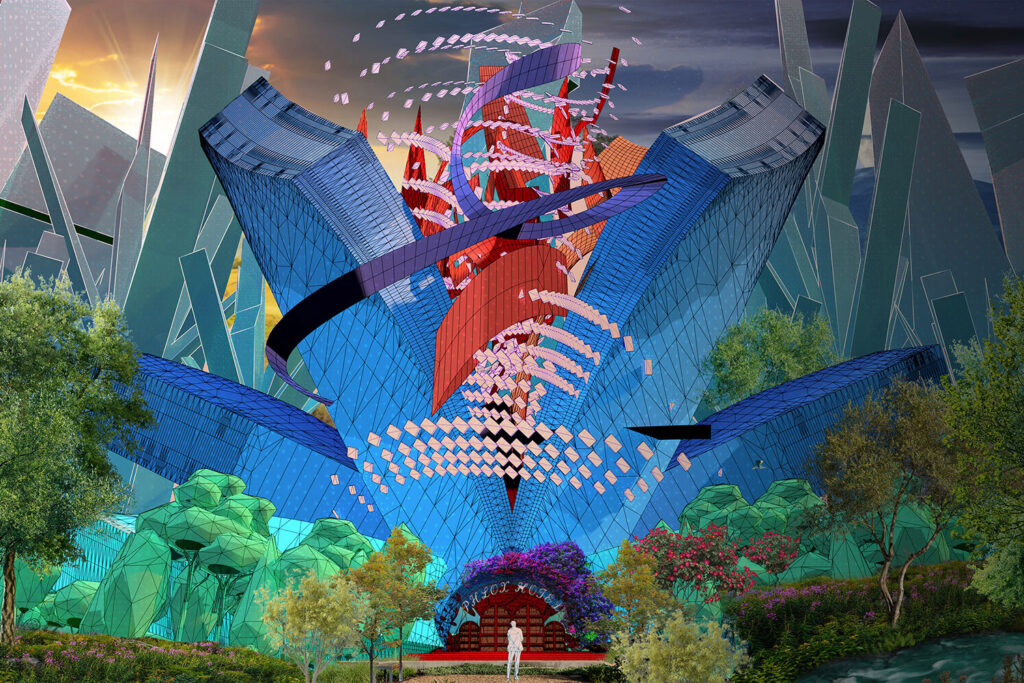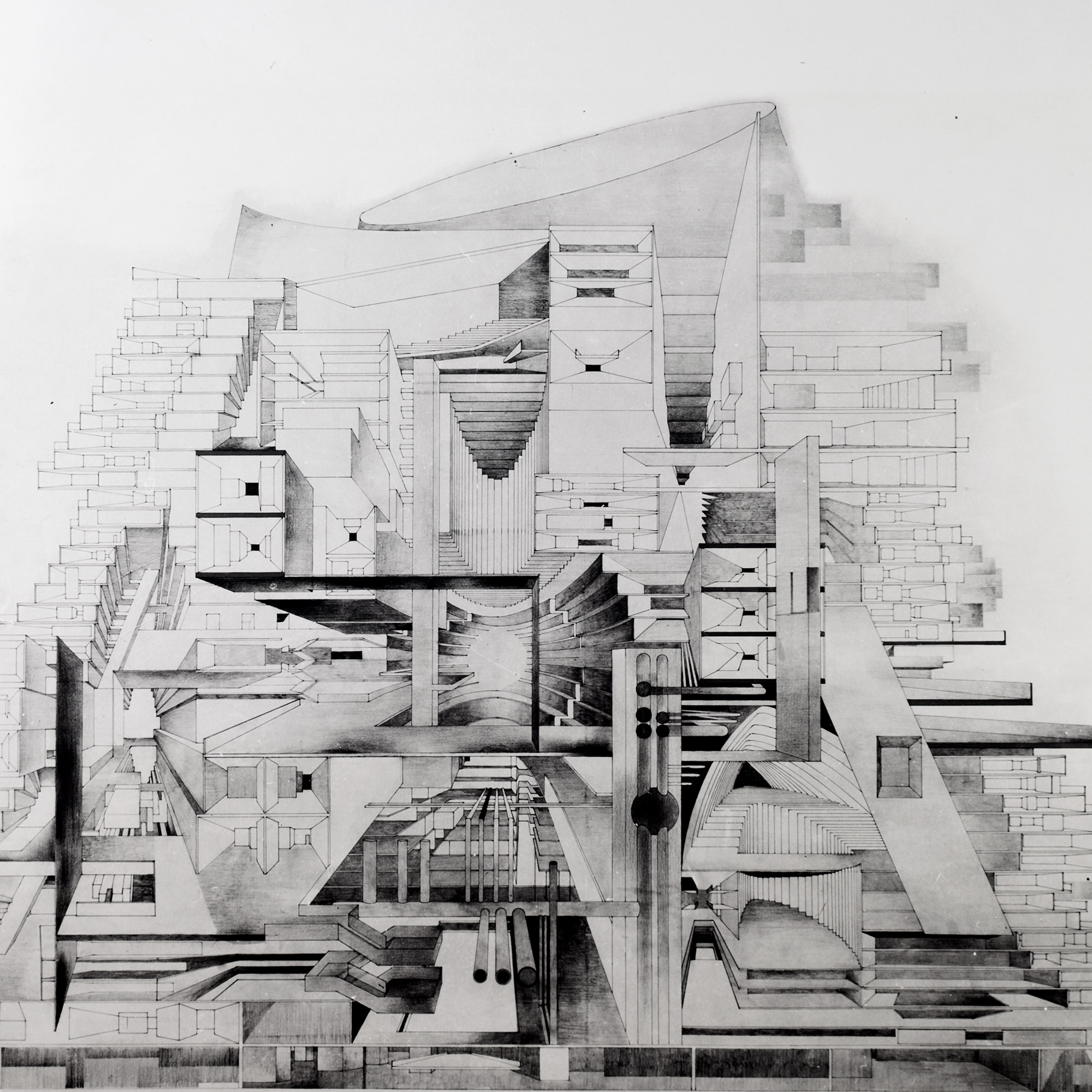
Utopia
Utopia, a concept first introduced by Thomas More in his 1516 work Utopia, has captivated philosophers and intellectuals for centuries, reflecting the values, anxieties, and technological advancements of the times. More’s vision of an ideal society, where social harmony, justice, and equality prevail, laid the groundwork for what has since become a deeply ingrained cultural aspiration: the creation of a perfect world. However, utopia has not only been imagined as a blueprint for the future but also as a critique of existing societal flaws, shedding light on the contradictions and inequalities of our current reality.
For centuries, architects have played a key role in this vision, recognizing the built environment’s profound influence on social systems. From early modernist communal experiments to the utopian cities envisioned by Le Corbusier and Frank Lloyd Wright, architecture has been central to shaping ideals of a better world. Yet, these visions often come with challenges, revealing a paradox: the structures designed to liberate us sometimes end up constraining us. A true utopia is a dynamic, ongoing process that must adapt to the complexities of human life. It is not enough to create spaces for equality and freedom; these spaces must remain flexible, responsive to changing social, cultural, and technological contexts.
Today’s utopian frameworks must acknowledge this complexity. Rather than proposing singular solutions, architects must design environments that encourage diversity, autonomy, and interaction. Urban spaces should facilitate mobility, social engagement, and exchange. Technology, too, plays a crucial role: modern innovations like digital tools, smart cities, and artificial intelligence offer profound opportunities to reshape society, but they must do so in a way that enhances freedom over control. While technology can democratize information and foster inclusive decision-making, it also carries risks of surveillance and homogenization.
In this issue of Texas Architect, we explore the concept of utopia through a series of essays and architectural projects that examine how architecture can embody utopian ideals while also highlighting the complexities and contradictions involved, emphasizing the need for flexibility, critical engagement with technology, and a balance between idealism and the messiness of real life. In the 21st century, we must rethink not just how we build, but why and for whom. Creating spaces that foster human flourishing—promoting creativity, collaboration, and equality—requires a commitment to social justice, sustainability, and innovation. Only then can we begin to build the world we truly aspire to create.
More from this Issue
View All Articles
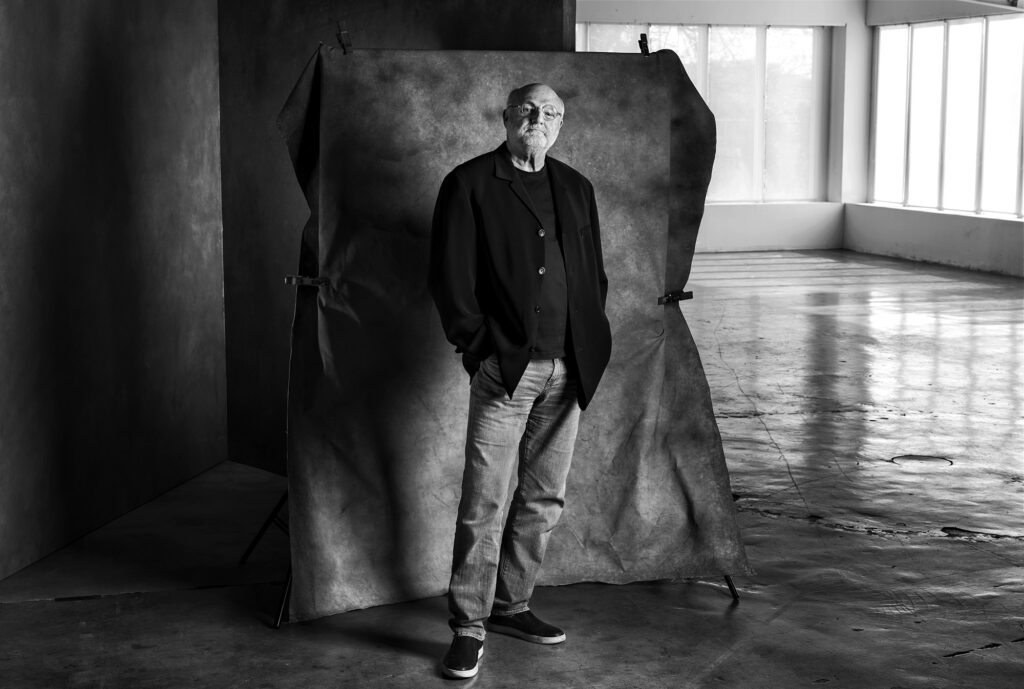
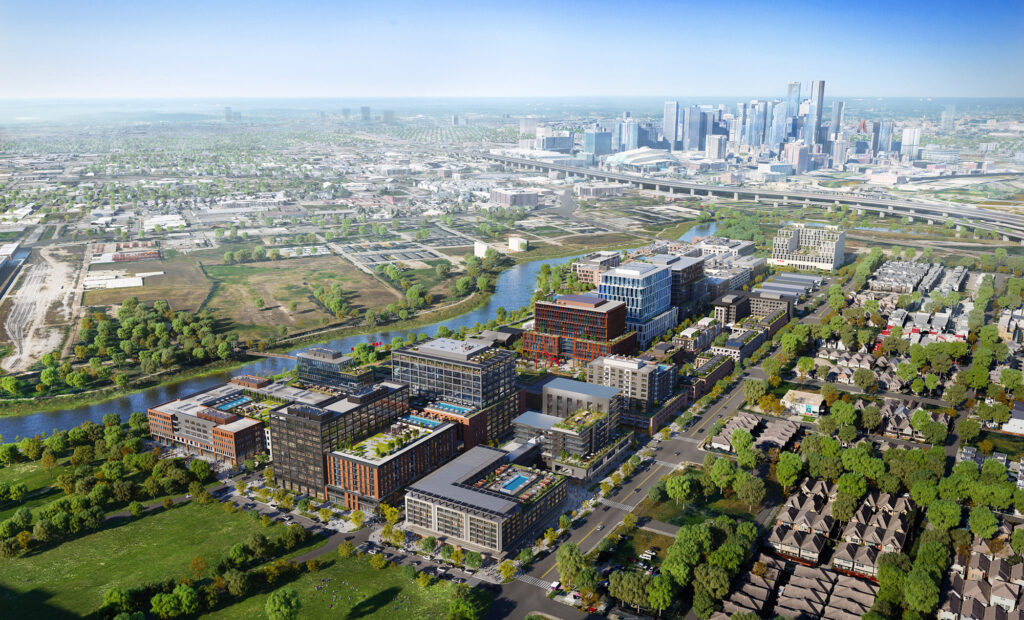
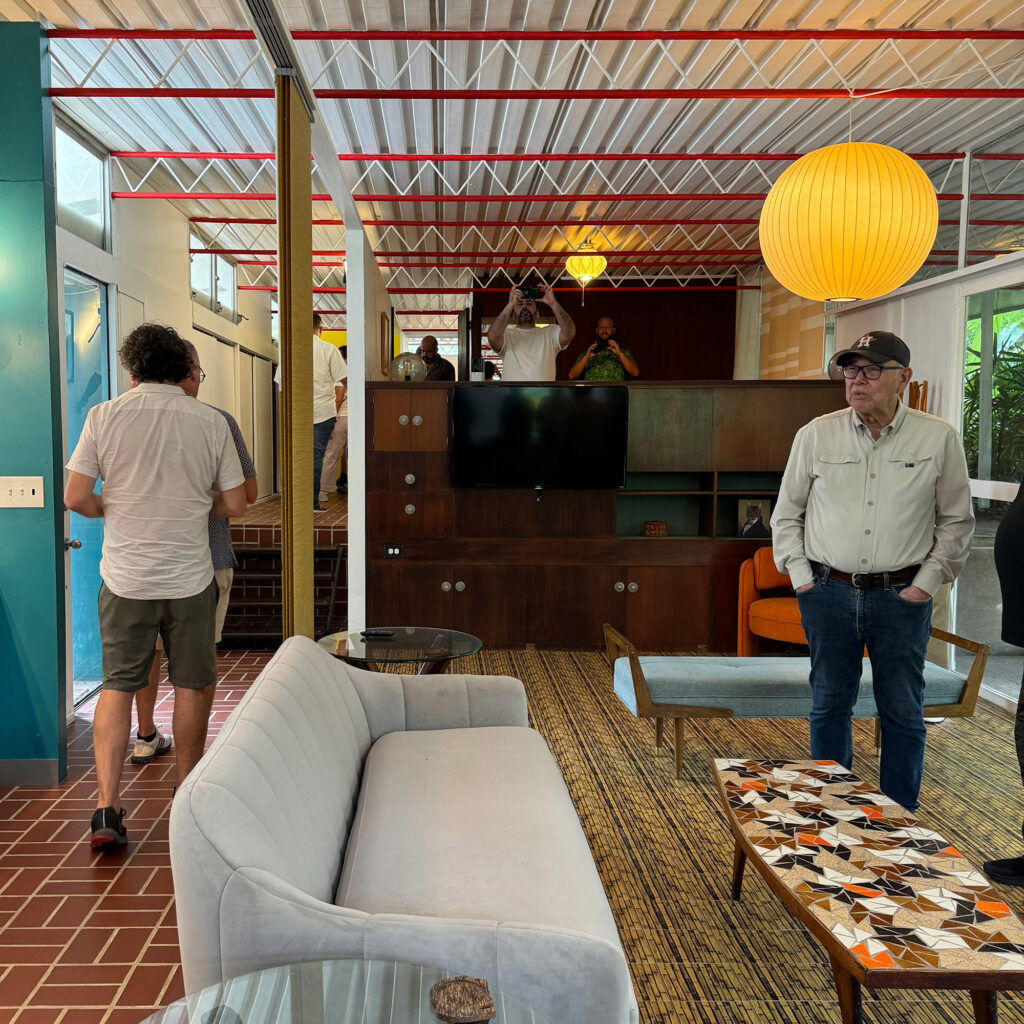
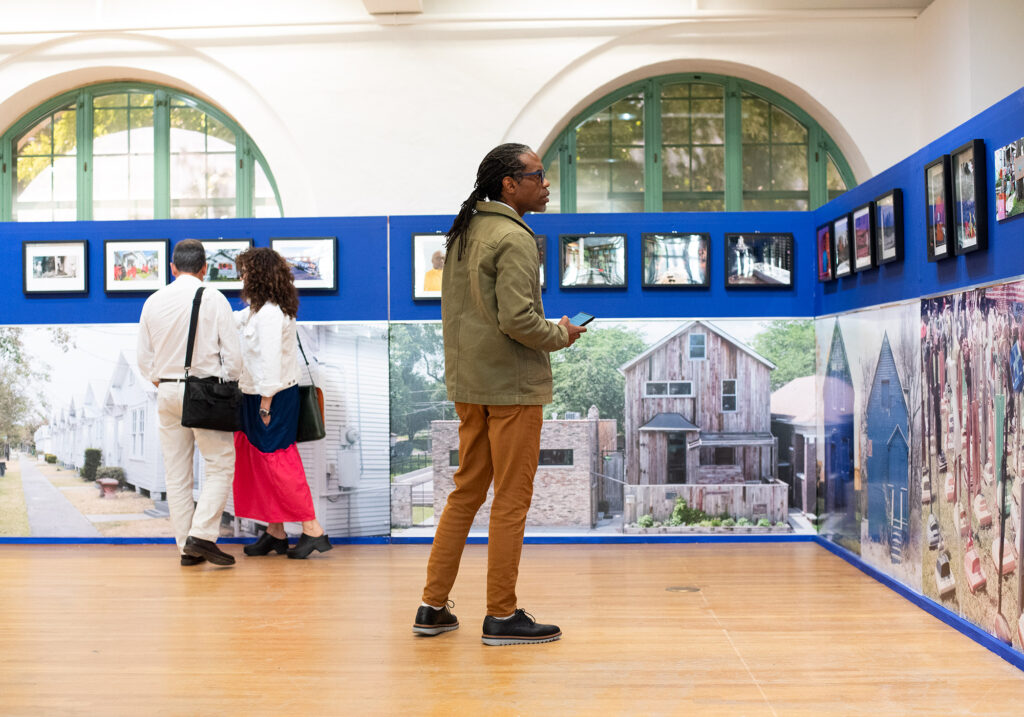


Illuminated Wood Panels, Inserts for Brick Walls, and Fixtures Made from Recycled Plastic, Mycelium, and Hemp
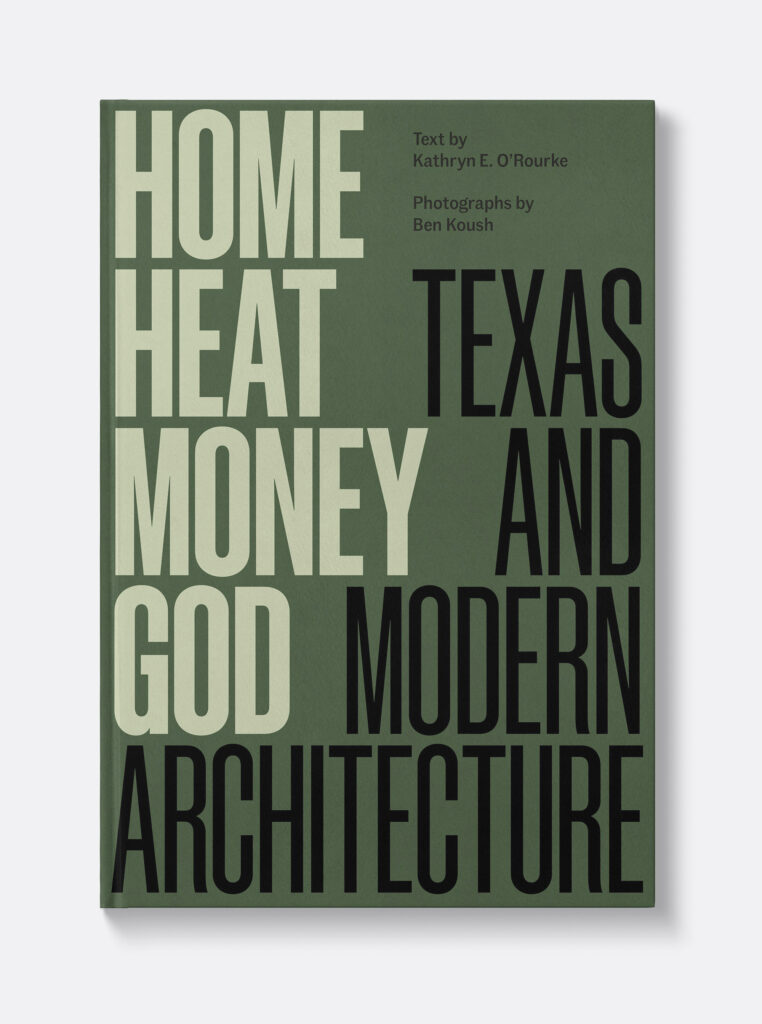
Home, Heat, Money, God: Texas and Modern Architecture
Text by Kathryn E. O’Rourke
Photographs by Ben Koush
University of Texas Press, 2024
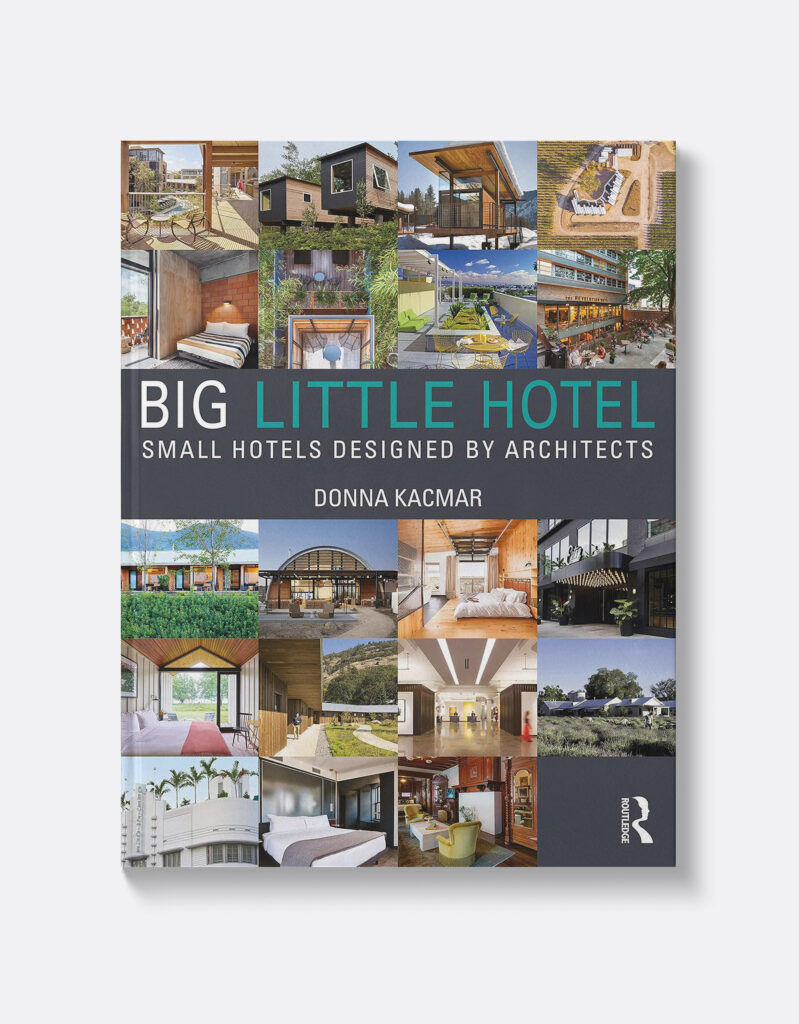
Big Little Hotel: Small Hotels Designed by Architects
Donna Kacmar, FAIA
Routledge, 2023
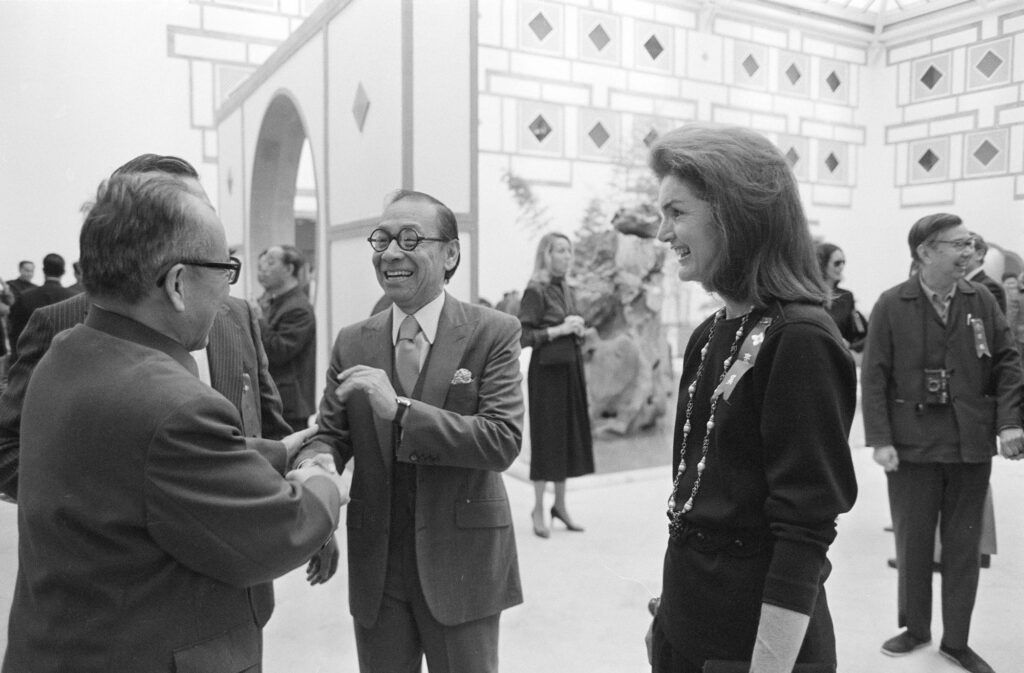
I. M. Pei: Life Is Architecture
M+ Museum, Hong Kong
